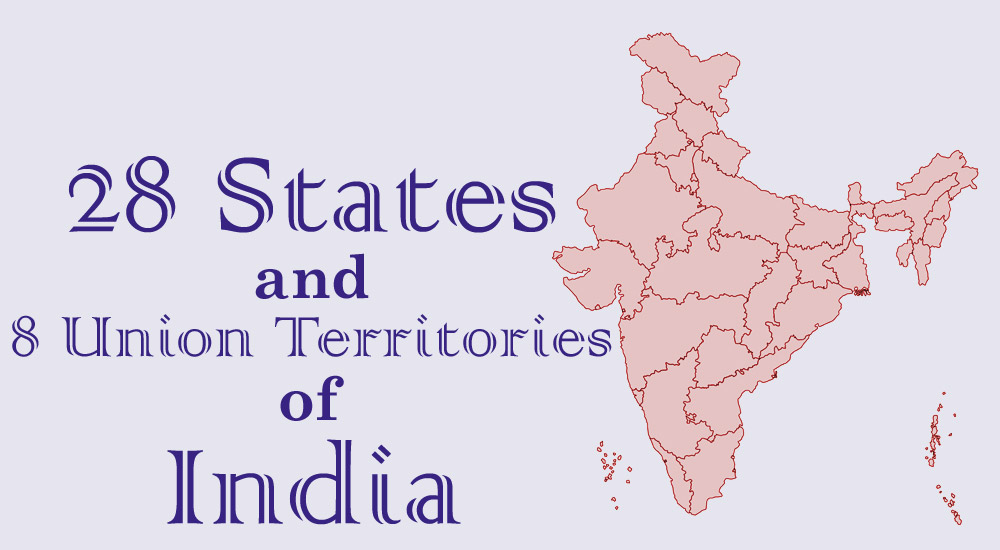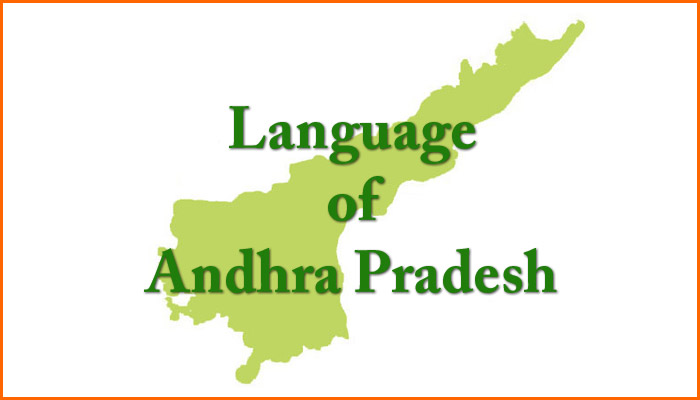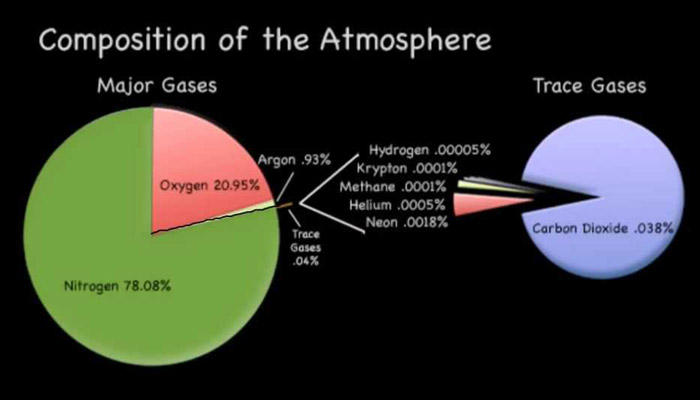Let’s start with preface to Narendra Modi biography: Billions of Indians started seeing a ray of hope since the day Narendra Modi was sworn as Prime Minister of India on May 26, 2014. This development oriented leader has taken the oath of building a country that would be dynamic and decisive. Prime Minister of India Narendra Modi has main focus on development by bringing big differences in the lives of poor communities.
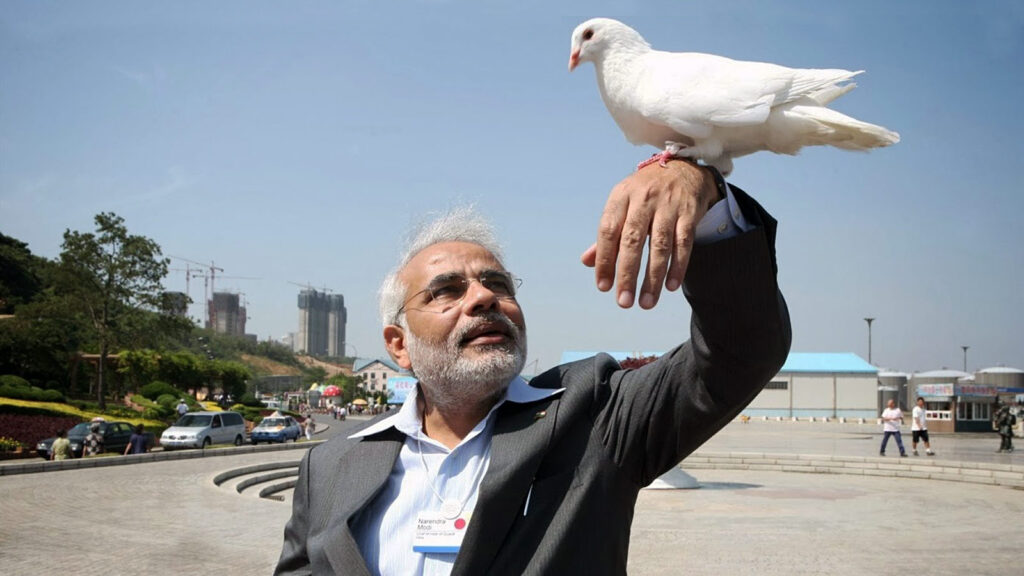
The story of Narendra Modi life history started long back in 19th century and today he is being respected by the whole country. The journey is the success story of a common man who always walks the path of learning and development – A journey from Selling Tea to become Prime Minister of India. The history of Narendra Modi Prime Minister of India is not a common one but one of the most inspirational stories. Read on…
Question: What is the full name of Narendra Modi?
Answer: Narendra Modi full name is Narendra Damodardas Modi.
Narendra Modi Biography: Early Life
Brief History of Narendra Modi: Narendra Modi was born on September 17, 1950 to Heeraben Modi and Damodardas Mulchand Modi in a small town of Vadnagar (Mehsana district), in the northern part of Gujarat, India. He is the third eldest of his six siblings and hails from a family of grocers. His father struggled as a street merchant to support the family and therefore he and his brother sold tea at the railway station to help out.
Question: What is the age of Narendra Modi?
Answer: Narendra Modi age is 73 as on 17 September 1950.
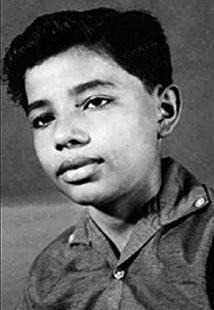
Vadnagar is the place which once was very popular as the Buddhist’s learning and spirituality centre and Modi’s thought and idea was greatly influenced by that. His thinking was very different from the very childhood age that inspired him to bring a great difference in the society. It was Swami Vivekananda’s work that influenced him most and Narendra Modi pursued a mission of developing a democratic and developed country. With an aim of exploring the various cultures and people of India, he left home at the age of 17 and explored all the places he could.
After two years of traveling, Modi finally came back home as a completely changed man. That two years traveling across the country made his mission stronger and he stepped towards what he actually wanted to achieve.
One thing to mention about Narendra Modi history is, he was married to Jashodaben Narendrabhai Modi at a very young age but he immediately rejected that marriage as soon as he was graduated from high school. Modi’s vigorous debating skills and erudition obtained from hours spent in the library magnetized Modi towards Akhil Bharatiya Vidyarthi Parishad (ABVP). The ABVP is the student wing of a Hindu nationalist political party namely Rashtriya Swayamsevak Sangh (RSS).
In 1971, Modi formally joined the RSS. The early responsibilities which were assigned to him included making breakfast, tea, evening snacks for all the senior colleagues. In 1978, Modi became an RSS sambhaag pracharak (regional organiser).
Question: What is the educational qualification of Narendra Modi?
Answer: Narendra Modi Qualification: He graduated with a degree in political science through distance learning from Delhi University in 1978. His highest qualification is Master of Arts in political science from Gujarat University completed in 1983.
Political Life of Flamboyant Narendra Modi
During the 1975-77 crisis, Modi proved his mettle while doing precarious underground work and seniors soon realized his excellent organizational skills and analytical mind. He soon began working full-time in the BJP. He helped the party win the Municipal Corporation election in 1986 which raised appreciative eyebrows, within a span of two years he grew to become the organising secretary of the Gujarat BJP.
It was 1987 when a new chapter started in Mr. Modi’s life as he joined the post of General Secretary of BJP in Gujarat. As General Secretary he helped his party winning the Ahmadabad Municipal Corporation and this ensured everyone about the power and influential skills of Mr. Narendra Modi.
In 1995 another assembly took place and Modi made sure to win that assembly by utilizing his organizational skills. He was then elected as National secretary of BJP and started taking care of BJP activities in Himachal Pradesh and Hariyana. Narendra Modi’s firmed determination and hard working helped the party win the Loksabha election as well in 1998.
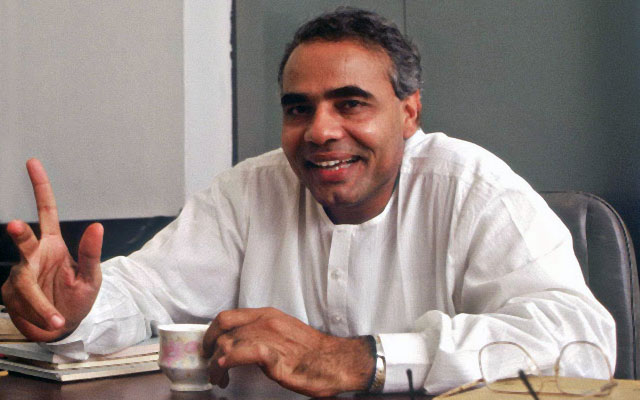
Keshubhai Patel was the CM of Gujarat by then in 2001. But his health was down that made him distracted a bit and various allegations of corruption, abusing of power, etc. started coming against him. The main grievance of people in Gujarat came into light after the terrible earthquake in Bhuj. Everyone accused the government for not administering the situation properly.
BJP national leader was then looking out for an expert people to hand over the responsibility of Gujarat CM. Modi utilized the disagreement and rivalries among the top leaders to his own advantage. When Keshubhai Patel was forced to step aside after the weak handling of the Bhuj Earthquake in 2001, he was chosen as their Chief Ministerial candidate.
Though L.K. Advani was not ready to choose Mr. Modi as CM first due to his lack of governance experience and offered him the post of deputy chief Minister. But Modi declined and said he wants to take the full responsibility of Gujarat.
2001 is the memorable year to Mr. Modi when he received a call from then Prime Minister Bajpayee and it took his life to the world of Governance from the tumble organizational politics. On 3rd October 2001, Modi replaced Keshubhai Patel as CM. His journey in the world of Governance began with taking the full responsibility to prepare BJP for December 2002 election.
Four Terms As The Chief Minister Of Gujarat
Narendra Modi enjoyed four consecutive terms as the CM of Gujarat. During his first term (2001-2002), the people of Gujarat witnessed a horrible riot in 2002. On February 27, 2002 a train carrying many Hindu pilgrims was set to burn near the Babri Masjid by some Muslim arsonists. This incident tempted Modi and he issued the shoot-at-sight order. A curfew was set to the major cities in Gujarat. Mr. Modi was criticized by many for this terrible step. However, this 2002 event continued to remain as a debate. Some have explained it as a pogrom while some others condemned it as a state terrorism.
Narendra Modi’s second term duration was 2002-2007. During his stay as CM, he stressed on economic development, which resulted in the state emerging as an investment destination and many technology and financial parks were instituted. The Vibrant Gujarat Summit in 2007 saw real estate investment deals worth Rs 6600 billion signed in Gujarat. Also there was no sign of corruption at all in Gujarat and if there were some, Mr. Modi had to know about it definitely.
2007 to 2012 was the third term during when Gujarat was named as Vibrant Gujarat that witnessed continued economic growth, dynamic development and prosperity. Modi started Ground water conservation projects and around 500,000 structures were built by December 2008. Also Modi Government brought electricity in most of the villages in Gujarat. During his third term only Gujarat was ranked top in the Worlds Bank’s ease of doing business. Apart from these, Modi Government successfully reduced the school drop-out percentage from 20 percent to 2 percent whereas the maternal mortality dropped by 32 percent. Gujarat was also ranked as top Indian state ‘economic freedom’ wise and it was also recognized as one of the few states by Supreme Court that did not have any complaints of forcible land acquisition.
2014 Indian General Election
His fourth term continued from 2012-2014. Narendra Modi’s remarkable efforts and performance in the infrastructural development and economic growth of Gujarat forced the top BJP leaders sitting in New Delhi to posture him as the Prime Ministerial candidate of the party in the 2014 elections.
The Modi wave swept the nation projected him as a doer than a talker. His oratorical skills, common man image and a never-say-die attitude which he had, forced voters from across caste, creed and religion come out and vote for him. Using social media networking sites like never before, he was able to connect to a varied cross section of the society.
All these factors caused an unparalleled and unprecedented victory in 2014 elections and got an absolute majority for his party taking 282 of the 534 seats in the Lok Sabha. This was the biggest defeat ever for the Indian National Congress, the largest party which had controlled Indian politics for most of the previous 60 years.
Narendra Modi As Prime Minister
Narendra Modi sworn on 26th May of 2014 as Prime Minister in the Rashtrapai Bhavan. He is probably the first prime minister who invited all the South Asian association of Regional cooperation leaders in his swearing ceremony.
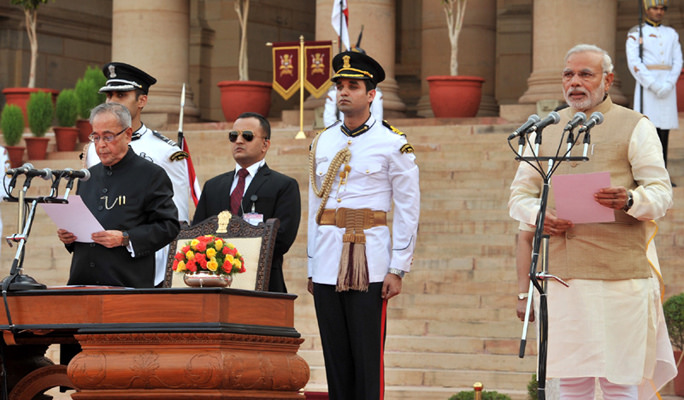
Question: When did Narendra Modi become Prime Minister of India?
Answer: Narendra Modi became Prime Minister of India on May 26, 2014.
The first step of the new elected Prime Minister was towards developing the Indian Economy along with making the whole system more business friendly. He aimed at turning the country into a global manufacturing hub and to achieve this aim, ‘Make in India’ initiative was started on September 2014 so that the foreign companies start manufacturing the products in India.
Later the Foreign direct Investment policy was liberalized to help out the industries in efficiently doing business by utilizing Foreign Direct investment. According to a report revealed on May 2015, the Foreign Direct investment in India has reached to 61 percent which is much more than the previous year.
‘Swachh Bharat Abhiyan’ campaign was launched by Mr. Modi in October 2014. The main purpose of this campaign is to eliminate littering all through the country along with reducing the poor sanitary conditions mostly in the rural areas. Universal health care system is another step By Mr. Narendra Modi though it is not been implemented yet due to some budgetary concerns. According to this plan, free drugs, diagnostic treatment and insurance coverage for some serious illness will be provided by the Government.
Narendra Modi’s passion is not only limited to the politics but this great character authored some books also. In most of the books he explained in detail the working of RSS and conveyed his RSS members indirectly that he is still ideologically sound. ‘Jyotipunj’ and ‘Setubandh’ are the books that explained the life of various RSS leaders. The other popular books he authored contained some short stories and poems.
Narendra Modi Achievements
Modi’s hard work and deep dedication towards the development of country helped him bagged many awards and recognition. This recent Prime Minister was named as the best Chief Minister nationwide in 2007 by ‘India Today’. Narendra Modi is also ranked in ninth position by the Forbes magazine in 2015 as the most powerful person in the world.
His continuous effort to bring foreign investments has seen him travel to all parts of the world which has also raised his profile as a global leader. Mr. Modi won 87% rating by the end of his first year as Prime Minister while he also occupied the 8th position in the TIME magazine’s person of the year in 2015.
